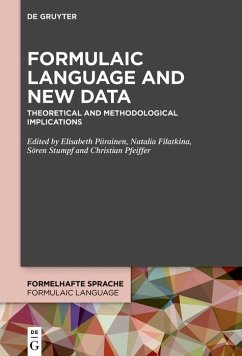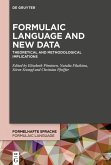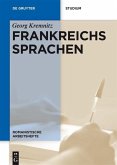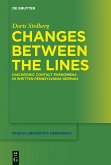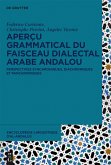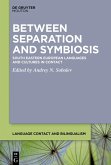The existence of formulaic patterns has been attested to all languages of the world. However, systematic research in this field has been focused on only a few European standard languages with a rich literary tradition and a high degree of written norm. It was on the basis of these data that the theoretical framework and methodological approaches were developed.
The volume shifts this focus by centering the investigation on new data, including data from lesser-used languages and dialects, extra-european languages, linguistic varieties mostly used in spoken domains as well as at previous historical stages of language development. Their inclusion challenges the existing postulates at both a theoretical and methodological level.
Areas of interest include the following questions: What is formulaic in these types of languages, varieties and dialects? Are the criteria developed within the framework of phraseological research applicable to new data? Can any specific types of formulaic patterns and/or any specific features of regular (already known) types of formulaic patterns be observed and how do they emerge? What methodological difficulties need to be overcome when dealing with new data?
The volume shifts this focus by centering the investigation on new data, including data from lesser-used languages and dialects, extra-european languages, linguistic varieties mostly used in spoken domains as well as at previous historical stages of language development. Their inclusion challenges the existing postulates at both a theoretical and methodological level.
Areas of interest include the following questions: What is formulaic in these types of languages, varieties and dialects? Are the criteria developed within the framework of phraseological research applicable to new data? Can any specific types of formulaic patterns and/or any specific features of regular (already known) types of formulaic patterns be observed and how do they emerge? What methodological difficulties need to be overcome when dealing with new data?
Dieser Download kann aus rechtlichen Gründen nur mit Rechnungsadresse in A, B, BG, CY, CZ, D, DK, EW, E, FIN, F, GR, HR, H, IRL, I, LT, L, LR, M, NL, PL, P, R, S, SLO, SK ausgeliefert werden.

